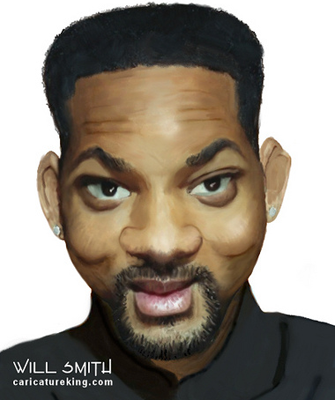
A caricature is defined as a portrait that exaggerates the essence of a person to create an easily identifiable visual likeness. The question is, why do we quickly recognize a well-drawn caricature of a famous person, even though it is clearly not accurate? In short, because visual perception is much greater than the sensory information we take in through the eyes.
Sensation versus Perception
It all starts with the fact that sensation—what we sense—is not the same as perception. Sensation refers to the input of raw sensory data from the external world into your processing system. Perception organizes sensory information into a mental impression or a percept—in an effort to make it meaningful.
Perception And Meaning
We need sensory information organized to help us analyze, recognize and identify things in the external world. Perception is the glue that holds together everything you are sensing. And perceptions are based on previous experience, our stored knowledge and what we expect to see. That explains why the act of seeing is a subjective experience based on more than the characteristics of the object we are viewing.
 Exaggerating Helps Recognition
Exaggerating Helps Recognition
In order to recognize a famous person in a caricature, we must match the information in the percept (our mental impression) to our memory’s stored representation of the person. Interestingly, we usually recognize a well-drawn caricature more rapidly than a realistic drawing for several reasons.
First, we store the visual attributes of a face in memory, possibly as an image or as a group of rules. Seeing the exaggerated features in a caricature seems to closely match what we have stored in memory, probably because the distinguishing features are what makes the face unique. When what we perceive matches our memory store, we recognize the caricature.
Second, our perceptions are influenced by context and expectations. Upon looking at a cartoon face with exaggerated features, we identify the genre as a “caricature.” We then expect to see the person’s prominent features distorted. These expectations provide additional clues to help recognize the person.
Take away points: If you are planning on drawing caricatures, don’t hesitate to over-exaggerate. Also, consider using a caricature if you want viewers to quickly recognize a person in your design.
Art Credits: Will Smith by Matt from caricatureking.com; Colbert by Tim Sheppard, Last Word On; Lincoln by Pearson Scott Foresman. Reference: Philip G. Zimbardo and Richard J. Gerrig. Perception (Chapter 7) in The Motion Aftereffect. 1998. The MIT Press.



{ 1 trackback }
{ 2 comments… read them below or add one }
Amazing facts! Nice and informative post!
I love this, thanks.